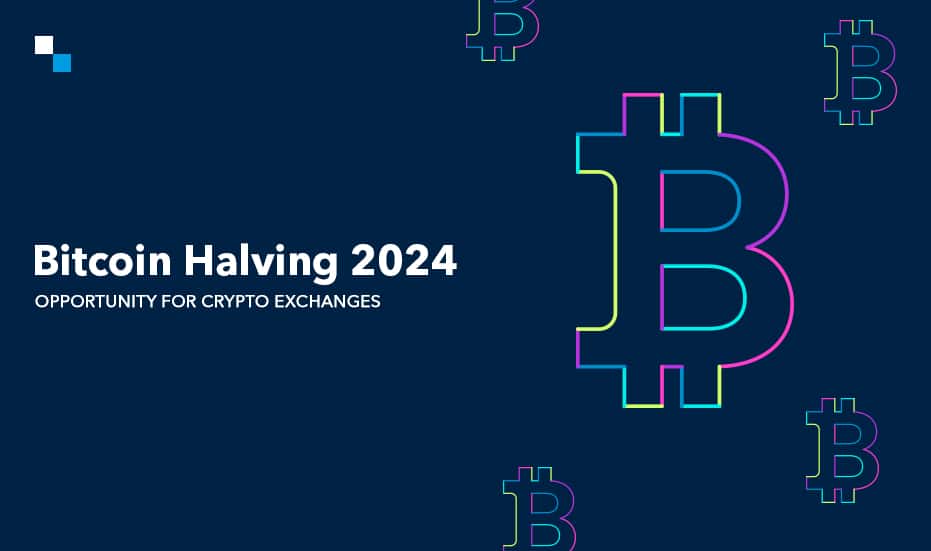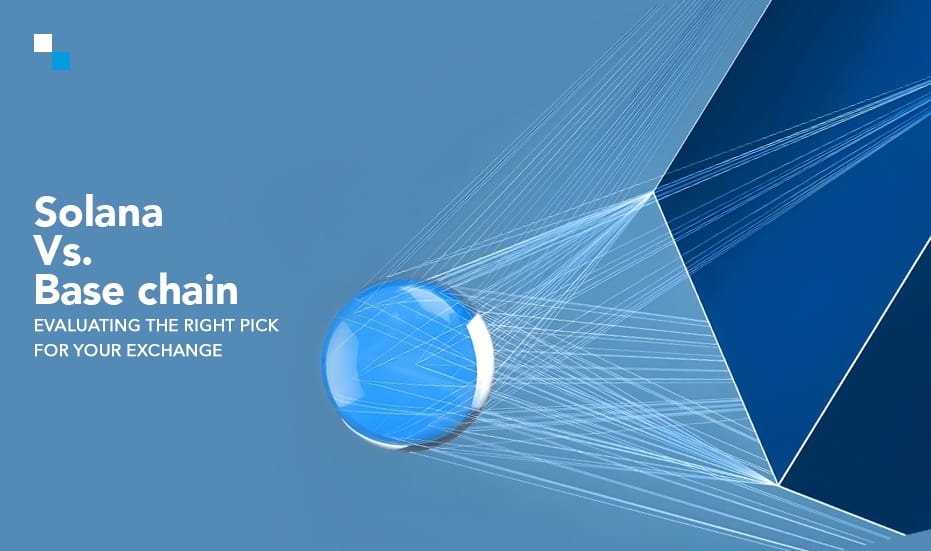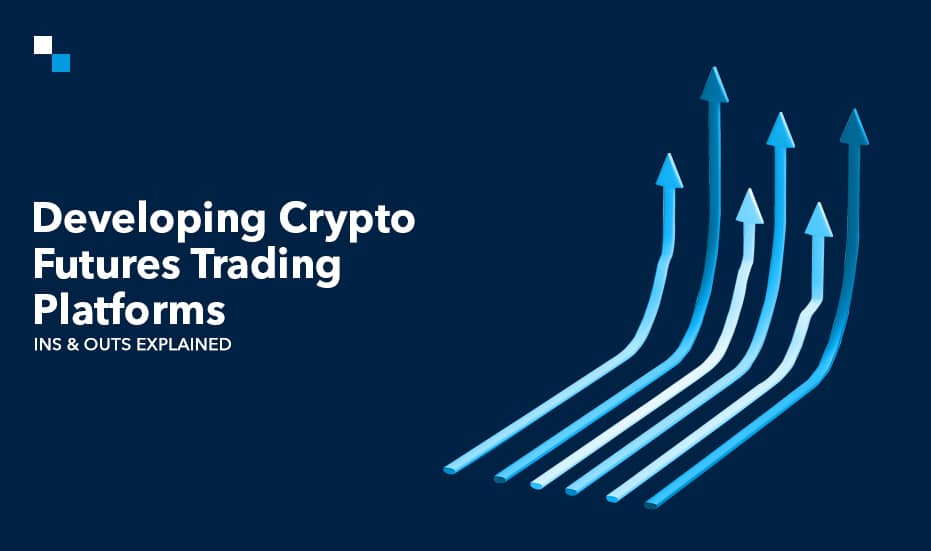
How to Create NFT Platform Like Bored Ape Yacht Club?
April 12, 2024
ZK-EVM: A Game-Changer for NFT Development
April 16, 2024The Bitcoin halving, is a programmed event that occurs every 4 years and significantly impacts the entire web3 ecosystem, including exchanges.
The global crypto community is bracing for what’s the biggest event of the next 4 years, bitcoin halving. The event is a reminder of the finite nature of Bitcoin’s supply, which is designed to become increasingly scarce over time. This event not only impacts the mining industry but also serves as a powerful catalyst for price speculation and market dynamics, as it highlights the deflationary nature of Bitcoin and its potential as a store of value in the digital world.
For thousands of businesses, including exchanges, wallets, and other products, this is a goldmine of opportunity in centralized crypto exchange development.
Like always, this time too, the halving will boost Bitcoin’s trading volume by record numbers.
Bitcoin halving affects how crypto exchanges work in many ways. After halving, there are changes in how much people trade and use exchanges. This means exchanges need to quickly change how they work to handle more people using them. They focus on making sure everything runs smoothly for users. This includes things like making sure their systems can handle more people and keeping things easy to use.
Bitcoin Halving and the Rise of Centralized Exchange Development
History has it that Bitcoin halving events have always triggered an increase in demand for crypto exchanges. To capitalize on these halving events, crypto exchanges can implement various strategies to sync with the growing needs of traders and investors.
For example, they could expand their range of supported assets, enhance trading features and functionalities, and implement robust security measures to instill confidence among users.
Bitcoin Halving’s Impact on Centralized Exchange Development – Revenue and Profitability
- Reduced Block Rewards and Transaction Fees: Implications for Exchange Earnings
The primary impact of the Bitcoin halving is the reduction in block rewards for miners. This directly affects the transaction fees associated with Bitcoin transactions, as miners seek to maintain their profitability by increasing fees.
Crypto exchanges, which rely heavily on trading fees as a revenue source, may see a decline in their earnings from Bitcoin-denominated transactions.
This could potentially force exchanges to reevaluate their fee structures, explore alternative revenue streams, or even expand their asset listings to diversify their income sources.
- Increased Trading Volumes: Opportunities for Centralized Crypto Exchange Development
The Bitcoin halving often leads to increased volatility in the cryptocurrency market, as the reduced supply of new Bitcoins can impact price dynamics. This surge in volatility can present opportunities for crypto exchanges to capitalize on increased trading activity and higher transaction volumes.
Savvy exchanges may be able to leverage advanced trading features, such as margin trading and derivatives, to attract more sophisticated investors seeking to profit from market fluctuations.
- Shift in Mining Profitability: Potential Impact on Exchange Partnerships
The Bitcoin halving can also lead to a shift in the mining landscape, as some miners may find it less profitable to continue operations, particularly those using older or less efficient equipment. This could potentially impact the partnerships that crypto exchanges have established with mining pools or individual miners, as the reduced profitability may lead to changes in the mining ecosystem.
Exchanges will need to closely monitor these developments and adapt their strategies to maintain reliable and secure blockchain integration for their platforms.
Centralized Exchange Development: Enhancing Infrastructure to Meet Growing Demand
- Upgrading Transaction Processing Capabilities: Ensuring Scalability
As the demand for cryptocurrency trading surges post-Bitcoin halving, exchanges must upgrade their transaction processing capabilities to accommodate increased throughput while maintaining speed and reliability. Investments in robust hardware, software optimization, and scalable technologies such as DLT are crucial to support growing demand and minimize latency and downtime. - Improving Risk Management and Liquidity Provisions: Safeguarding User Funds
Heightened market volatility following Bitcoin’s halving necessitates robust risk management protocols to protect user assets. Exchanges must implement comprehensive security measures, including multi-factor authentication, cold storage solutions, and stringent compliance procedures, to mitigate potential losses from cyber threats and unauthorized access.
- Diversifying Revenue Streams: Reducing Reliance on Trading Fees
To ensure long-term sustainability, exchanges are exploring alternative revenue streams beyond trading fees. Listing fees, premium services, and DeFi offerings are being considered to diversify income sources and mitigate risks associated with over-reliance on transaction fees. By diversifying revenue streams, exchanges can foster resilience in the face of market fluctuations and evolving user preferences.
Opportunities in Centralized Crypto Exchange Development to Capitalize on Market Trends
- Expanding into DeFi: Tapping into a Rapidly Growing Sector
In 2024, the revenue in the DeFi market is expected to touch US$26,170.0m. Crypto exchanges can capitalize on this growth by integrating DeFi services into their platforms, such as lending, borrowing, and yield farming.
By offering these services, exchanges can attract new users and increase trading volumes, as well as diversify their revenue streams. Furthermore, exchanges can partner with DeFi projects to offer exclusive token listings and liquidity mining programs, which can incentivize users to engage with DeFi services on their platforms.
- Offering Advanced Trading Features: Attracting Sophisticated Investors
In response to the growing sophistication of cryptocurrency investors, centralized crypto exchange development must offer advanced trading features to remain competitive. These features include margin trading, stop-loss orders, and limit orders, which can attract professional traders and institutions.
By providing a robust trading experience, crypto exchanges can increase trading volumes and improve liquidity, creating a more vibrant and dynamic trading environment. Additionally, exchanges can offer advanced charting tools, real-time market data, and customizable trading interfaces to cater to the needs of professional traders.
- Leveraging Layer-2 Scaling Solutions: Enhancing Platform Performance
Scalability remains a significant challenge for many blockchain networks, including Bitcoin and Ethereum. To address this issue, exchanges can adopt layer-2 scaling solutions, such as sidechains and state channels, to improve transaction throughput and reduce fees.
By integrating these solutions, exchanges can provide a smoother user experience and reduce the risk of network congestion during periods of high trading activity. Additionally, exchanges can explore the use of off-chain solutions, such as atomic swaps and cross-chain atomic swaps, to facilitate faster and more efficient trading between different cryptocurrencies.
Centralized Exchange Development: Doubling your returns in halving
Even though it is the event of Bitcoin, its impact extends to other cryptocurrencies. Thereby, it leaves a lasting impact on all products in Web 3. So whether you are an upcoming crypto product or an established platform with impressive MAU, Halving is for everyone.
This is the right time for you to capitalize and stay ahead of the herd in sync with rising user expectations. Antier, as a leading blockchain consulting firm, is enabling many such products to make the best out of this opportunity.
Intrigued? We bet you are!




